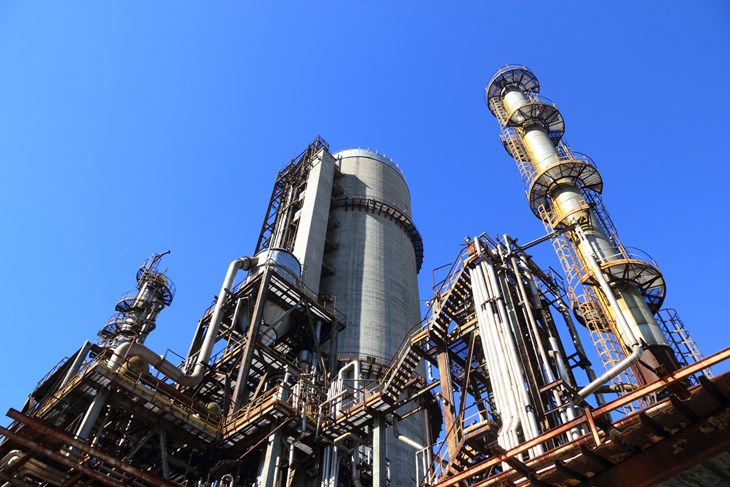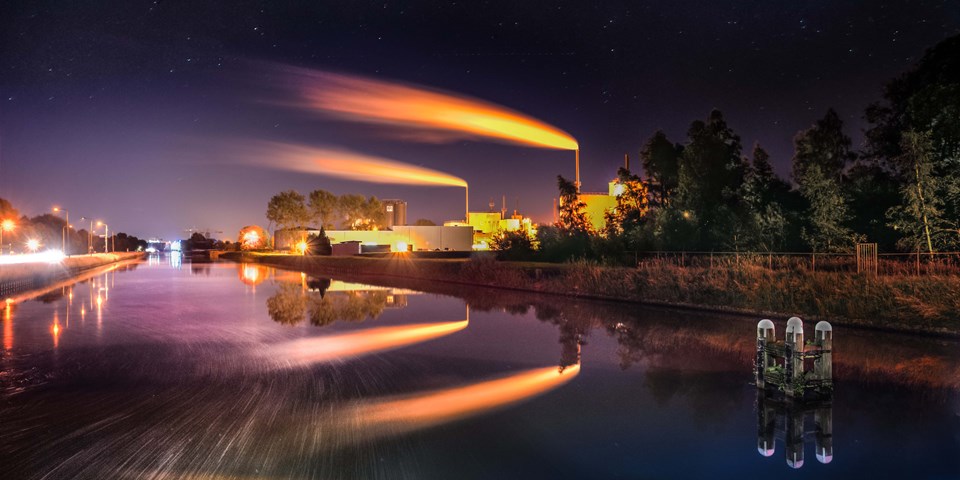Valve World Americas: I understand that you recently attended theValve World Americas event in Houston; what were your impressions?
Philip Ovanessians: That was my first Valve World show and it was very beneficial for me and Jacobs in several ways. Firstly it was a good place to meet new manufacturers and distributors from around the globe. I was also able to pick up on current trends and challenges within the valve community and to gauge implications for the sup- ply chain. And finally it was the perfect spot to fortify relationships with existing distributors and manufacturers.
You just mentioned meeting potential new suppliers; what are key issues when assessing such companies?
PO: Basically we want partners who complement or enhance our organization and who provide value to us as well as to our stakeholders. So first and foremost we thoroughly check their health and safety culture as we promote a zero tolerance policy with our BeyondZero® program. Safety is a top priority for us and we have established a culture in which we are all responsible for looking out for one another. In addition we review the company’s credentials, their history, existing business relations, all the quality programs that might be in place, etc. In addition, one thing that is a key topic right now is to assess the company’s position when it comes to automation, which is a hot topic for our customers.
Can you be more specific about that reference to automation?
PO: For example, we want to know what a company can offer in terms of technology, what experiences it may have with Radio Frequency Identification (RFID) chips, how user-friendly its actuated valves really are, how seriously it takes cyber security measures, etc.
Changing the subject for a minute: oil prices remain low so where do you see new opportunities?
PO: Actually we continue to see significant opportunities in petrochemicals, such as in polyethylene and polypropylene, etc. One ongoing change however is that clients are moving towards lump sum, turnkey (LSTK) contracts so the focus is not necessarily on engineering but more on the supply chain cycle and construction. This means we are working together with our valve manufacturers and distributors, at how we can create opportunities at the front end of the supply chain cycle. For example, through standardisation, value engineering by avoiding over-engineering, via efficient logistics, etc.
In that light, what are your thoughts on equipment from low cost countries?
PO: We do have success stories with overseas valve manufacturers. As always, the key is to outline our expectations in advance and to ensure the supplier has a well-run quality system in place that covers the entire supply chain. There is also a need for frequent quality checks and progress updates. I have to say that there are definitely pockets of opportunity for tier two and tier three suppliers to move into the global marketplace provided they can really understand our expectations. In fact this is part of my role; namely to assess companies and see whether we can help them develop and achieve a certain level of acceptability such that they can start supporting our projects.

How else are you working with existing suppliers to drive down costs?
PO: We have various initiatives in place such as a paperless environment for engineering documentation, the standardisation of specifications, terms and conditions and the speeding up of the overall supply chain cycle. Our goal is to develop good relationships with all our suppliers and work together with them to create efficiencies rather than simply negotiating on prices. For example, perhaps it might make sense for the supplier to undertake part of the engineering scope to help reduce the total installed cost (TIC) of a project and ensure the required construction need date is met.
Could modularisation assist in getting projects to completion, especially just-in-time projects?
PO: Absolutely! With the increase cost in labor in the US Gulf Coast Market, Owners are increasingly looking at modularisation of chemical plants, for example, and that brings opportunities for us and our valve suppliers. We need therefore to look at where modules can be fabricated and to plan component sourcing and logistics accordingly. In addition, we need to be cognizant of the ever changing regulations in trade compliance.
Finally, there seems to be increased rumours of counterfeit equipment amongst the valve community. Is that something you are aware of?
PO: Unfortunately yes. This is why Jacobs is very keen on due diligence, supplier prequalification, and wants to see a robust quality system in place that starts right from the foundry level. As an industry we need to do more and perhaps this is an area where Valve World could provide everyone a great service by acting as a facilitator. I’d like to see manufacturers, distributors, EPC contractors and end users working together to come up with ways to prevent counterfeiting.


